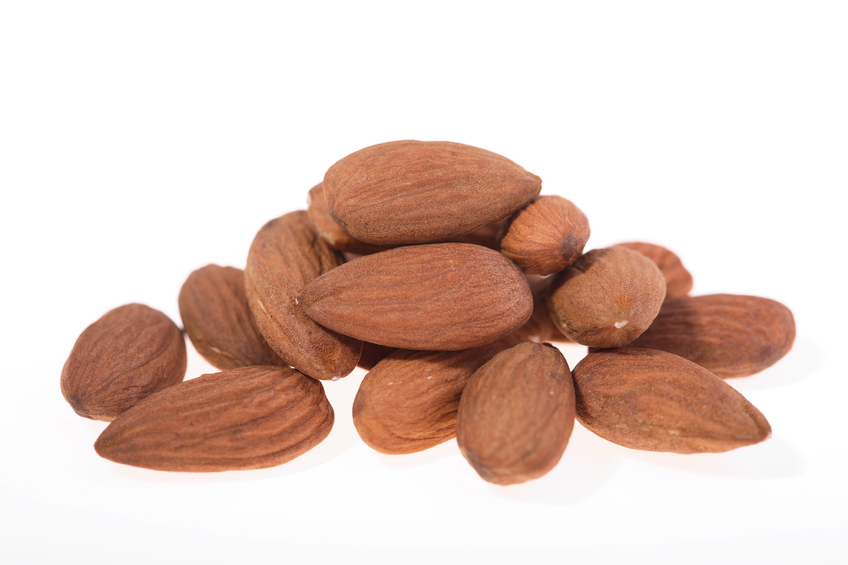Gluten-Free Nut and Seed Flour Alternatives
On a gluten-free diet? Or just want to try some alternative flours for baking, thickening soups and stews or other applications? Then you’ve come to the right place. There are many gluten-free flour alternatives, some of which are also whole grain. In this piece, we’ll review gluten-free nut- and seed-based meals/flours such as almond meal/flour, peanut flour and flaxseed meal/flour.
Gluten-free nut-based meals/flours:
Almond meal (almond flour) is made from blanched almonds is low in carbohydrates and high in protein. Completely gluten-free, it contains heart-healthy unsaturated fats and makes crusts crunchy, adds moisture and a nutty flavor to pastries, baked goods and dessert fillings. A 3/4 cup serving offers 6g protein, 3.5g fiber, 14g fat (nearly all unsaturated) and a whopping 10 IU (International Units) of vitamin E (roughly 35% of the Recommended Daily Value). The typical American diet, even a fairly healthy diet, often comes up short on this important antioxidant. Because of its unsaturated fat content, almond meal has a short shelf life.
Peanut flour is made from crushed peanuts that have been partially or fully defatted. Peanut flour is high in protein, offering 8g per 1/4 cup, defatted. Use this gluten-free alternative to thicken soups, sauces and stews, add a nutty flavor to baked goods or savory main dishes.
Gluten-free seed-based meal/flour:
Flaxseed meal, made by milling whole flaxseeds, is available at many grocers bagged and ready-to-use. Add flaxseed meal to smoothies, yogurt and cereals. The health benefits of naturally gluten-free flaxseeds are many. They offer anti-cancer benefits (particularly breast cancer as they contain lignans, compounds with antioxidant and anti-estrogen properties). Flaxseeds are a rich source of dietary fiber (4g per 2 tbsp. of flaxseed meal) and are an excellent plant source of the heart-healthy omega-3 essential fatty acids (1.8g per tbsp. ground flaxseed). In baked goods, you can use flaxseed meal in your gluten-free baking as a fat or egg substitute. Flaxseed meal also has a short shelf life and should be kept in an airtight container in the refrigerator.









